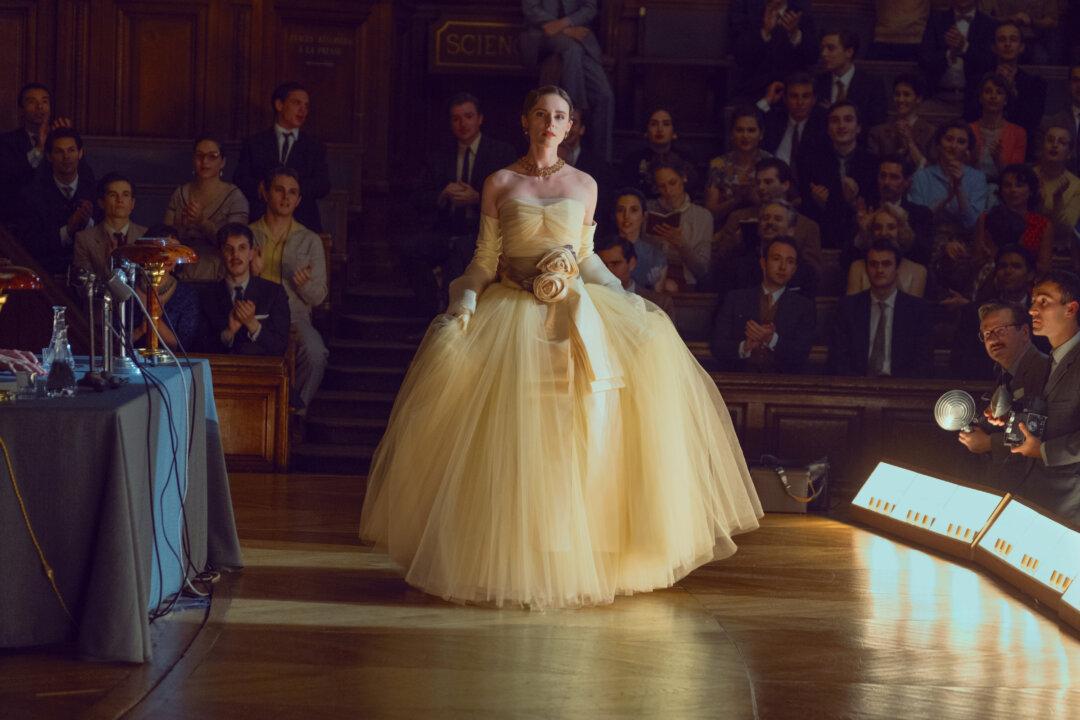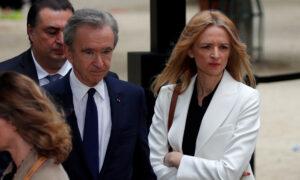TV-MA | 10 episodes | War, Drama | 2024
There is no way Chanel No. 5 is getting canceled, especially not in France. Nevertheless, the reputation of its creator, Coco Chanel, has been diminished by revelations of her World War II-era collaboration. Unlike the prominent Chanel, Christian Dior was a relatively anonymous fashion-industry employee during the occupation of Paris, but he was still criticized after the war for dressing Nazi wives. Their wartime decisions have long-term post-war implications for both fashion designers in creator Todd A. Kessler’s 10-episode “The New Look.”
Mr. Kessler starts “The New Look” in 1954, when Chanel (Juliette Binoche) finally returns to fashion design, hoping to topple Dior (Ben Mendelsohn) from the pinnacle of Paris’s haute couture industry. The series then flashes backward in time to chronicle his rise and her fall from grace.
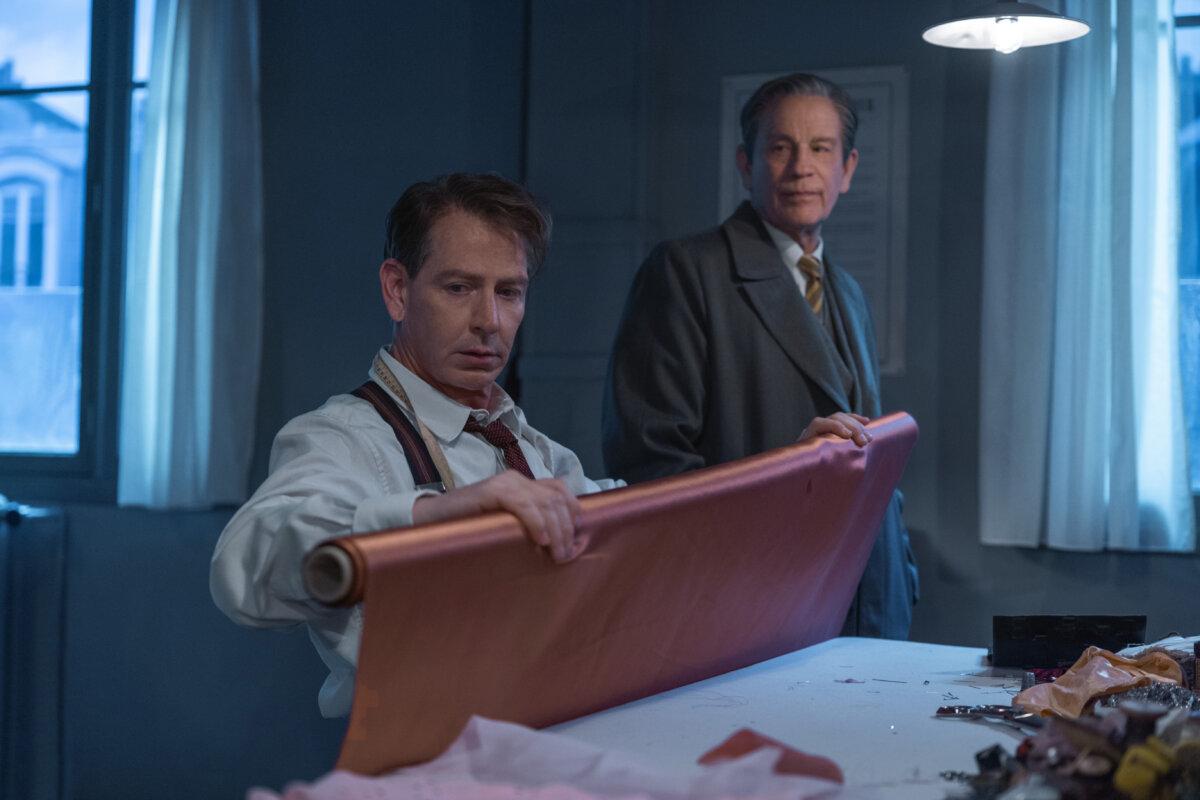
Spies and Traitors
Under Spatz’s guidance, Chanel not so reluctantly invokes the anti-Semitic Nurenberg Laws to nullify her Jewish partners’ ownership stake in her company. This is a decision that will haunt Chanel for years to come. It will also bind her to Spatz and his SS bosses, who recruit her as a secret agent against her will, sending her on an ill-conceived secret diplomatic mission to Spain.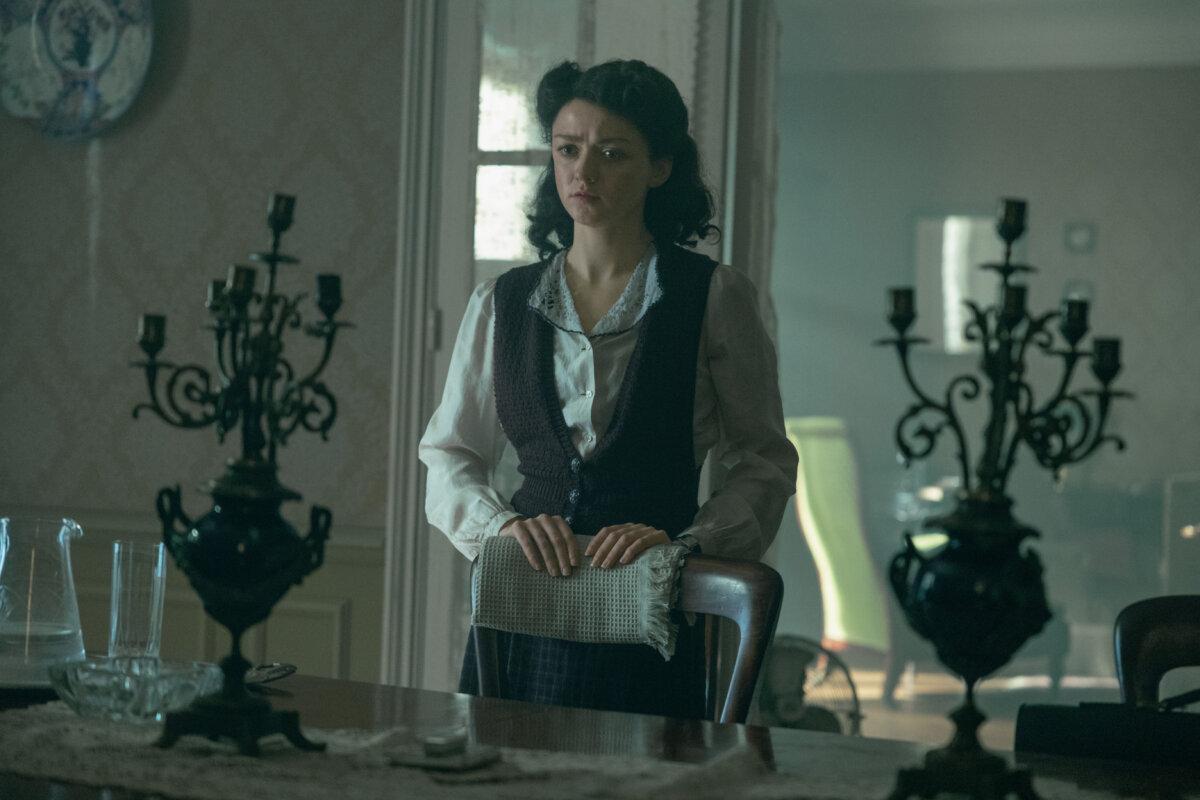
Meanwhile, Dior mostly keeps his head down working as the chief designer in the fashion house owned by Lucien Lelong (John Malkovich), who has remained open during the Nazi occupation for the sake of his employees. However, Dior constantly worries about his younger sister Catherine Dior (Maisie Williams), an ardent member of the French resistance. When the Gestapo captures her, he searches for someone to bribe to facilitate his sister’s release, much like Chanel managed to do for her beloved but oblivious nephew André Palasse (Joseph Olivennes). Unfortunately, nobody is willing or able to help at this late stage of the war—including Chanel.
Dior Favored
There is no question that Mr. Kessler and his co-writers favor Dior over Chanel, both in terms of depicting their characters and their fashion designs. Ironically, Chanel was enjoying a cinematic renaissance around 2009, with the release of Anne Fontaine’s “Coco Before Chanel” chronicling the designer’s early life, and Jan Kounen’s superior “Coco Chanel & Igor Stravinsky” dramatizing her short but intense romance with the Russian composer.Then historian Hal Vaughan published “Sleeping With the Enemy: Coco Chanel’s Secret War,” exposing the extent of Chanel’s work with Spatz and the details of their disastrous mission to Spain. Although the series is not directly adapted from Vaughan’s book, the writers were clearly informed by its allegations.
As a result, questions like “What did Chanel know?“ and ”What did she do?” dominate the post-war episodes. Ms. Binoche’s icy-cold performance as Chanel does not do the designer any favors either. Her calculating portrayal follows in the tradition of prime-time soap opera villainesses, like Joan Collins in “Dynasty,” but without the sense of campy fun.
In contrast, Mr. Mendelsohn humanizes Dior to an achingly menschy extent. Probably few who enjoyed Mr. Mendelsohn’s great movie bad-guy roles would have thought he was born to play Christian Dior, but it turns out that he is terrific as the sensitive designer. It is a quiet, restrained performance, but he exudes great depth.
Likewise, Ms. Williams portrays Catherine Dior’s suffering and lingering trauma with great dignity. Mr. Malkovich is wonderfully pompous and arrogant as Lelong, but he also nicely expresses the couturier’s compassionate side. Frankly, it is nice to finally see Mr. Malkovich in a project worthy of his talent.
Emily Mortimer might be the greatest scene-stealer as Elsa Lombardi, an old friend of Chanel, whom Spatz also recruited for their mission to Spain because of her connections to British high society. Much to Chanel’s chagrin, she will be stuck with Lombardi’s high-strung, sarcastic attitude throughout her uncertain exile, but Ms. Mortimer is certainly entertaining to watch as she vampily upstages Ms. Binoche.
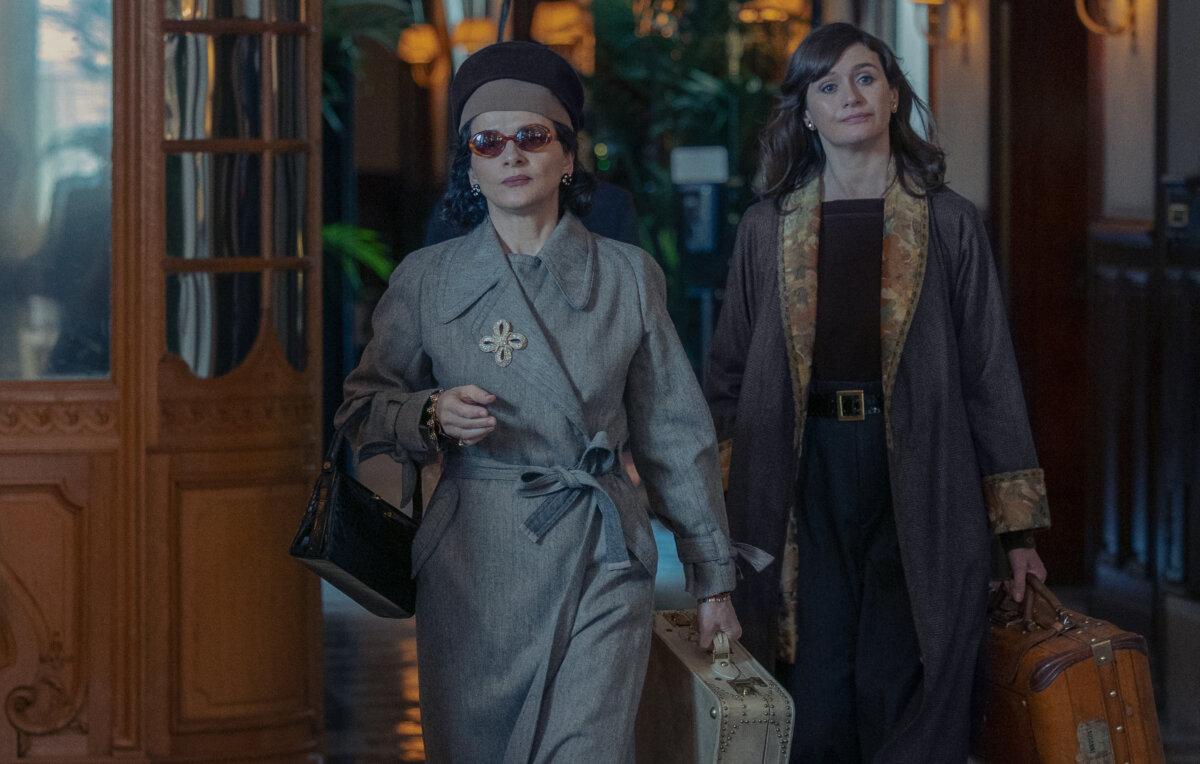
It is a consistently strong ensemble, including Michael Carter, who is quite touching as the Dior siblings’ elderly father Maurice. Glenn Close regally glides through later episodes as Carmel Snow, an American fashion journalist hoping to hype the next big thing. However, Mr. Bang is mostly just a silly caricature as the supposedly seductive Spatz.
Even though “The New Look” is largely set in the fashion world, albeit during times of distress and depression, there is surprisingly little sex. Dior’s own sexuality is also largely presented as an afterthought, factoring less in the narrative than his superstition. Instead, Mr. Kessler tells a story about sibling devotion and the costs of both resistance and collaboration.
The acting is solid, but the drama would have been better served by a tighter edit. The 10 episodes could have easily been compressed into eight, or maybe even six. Of course, “The New Look” is hardly the first series to make that mistake.
Regardless, it is a quality period production that never sugarcoats the historical controversies it depicts, especially not those involving Chanel. Recommended for fans of wartime drama more than fashionistas.

